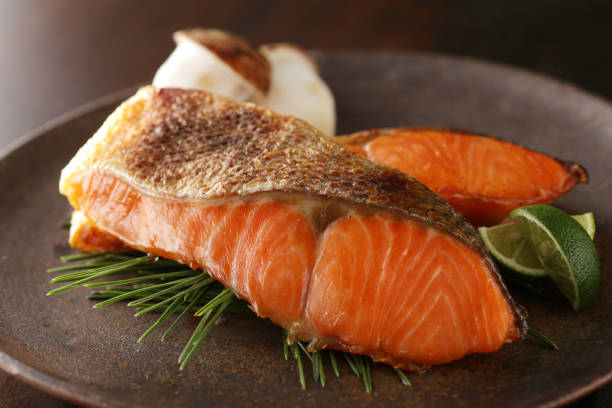Tuna is a popular type of fish that is enjoyed by many people around the world. It is known for its delicate flavor and versatility in cooking. In addition to being a tasty choice for meals, tuna is also a healthy option as it is low in calories and high in protein. In this article, we will explore how many calories are in tuna, the various types of tuna, and the benefits of incorporating tuna into your diet.
First, let’s take a look at the calorie content of tuna. According to the United States Department of Agriculture (USDA), a 3-ounce serving of canned light tuna in water contains approximately 70 calories. This serving size is equivalent to about 85 grams or 3 ounces. Canned light tuna in oil has slightly more calories, with approximately 100 calories per 3-ounce serving. On the other hand, a 3-ounce serving of fresh, cooked tuna contains approximately 94 calories.
It is important to note that the calorie content of tuna can vary depending on the type of tuna and the way it is prepared. For example, albacore tuna, also known as white tuna, has a higher calorie content compared to light tuna. A 3-ounce serving of albacore tuna in water contains approximately 100 calories, while the same serving size of albacore tuna in oil contains approximately 140 calories.
Another factor that can affect the calorie content of tuna is the way it is prepared. For instance, adding sauce or other ingredients to tuna can increase its calorie content. Tuna salad, for example, which is made with mayonnaise and other ingredients, has a higher calorie content compared to plain tuna.
Now that we have a general understanding of the calorie content of tuna, let’s take a closer look at the various types of tuna. There are several types of tuna, and they can be classified based on their size, color, and flavor. The most common types of tuna are:
Bluefin tuna: This is the largest and most expensive type of tuna. It has a dark red flesh and is known for its rich, meaty flavor. Bluefin tuna is often used for sushi and sashimi.
Yellowfin tuna: This type of tuna has a yellowish flesh and a milder flavor compared to bluefin tuna. It is often used for grilling, searing, and baking.
Albacore tuna: Also known as white tuna, albacore tuna has a light pink flesh and a mild flavor. It is often used for canning and is the type of tuna that is used for canned light tuna.
Bigeye tuna: This type of tuna has a reddish-pink flesh and a rich, buttery flavor. It is often used for sashimi and sushi.
In addition to the various types of tuna, there are also different ways to prepare and cook tuna. Some popular methods include grilling, searing, baking, and poaching. Tuna can also be eaten raw in dishes like sushi and sashimi.
Now that we have covered the calorie content and types of tuna, let’s talk about the benefits of incorporating tuna into your diet. Tuna is a great source of protein, with a 3-ounce serving containing approximately 22 grams of protein. It is also rich in omega-3 fatty acids, which are essential for heart health. Tuna is also a good source of B vitamins, potassium, and selenium.
Incorporating tuna into your diet can have a number of health benefits. For one, the protein and omega-3s in tuna can help with muscle building and maintenance, Tuna is also a good source of other vitamins and minerals, including vitamin D, potassium, and magnesium.
There are many ways to incorporate tuna into your diet. Canned tuna is a convenient option that can be added to salads, sandwiches, and pasta dishes. Fresh tuna can be grilled, baked, or pan-seared and served with a variety of side dishes. Tuna is also a popular ingredient in sushi and can be found in many types of Japanese dishes.
In conclusion, tuna is a low-calorie, high-protein fish that is rich in nutrients and can be enjoyed in a variety of dishes. Canned light tuna is the lowest in calories, with one can containing 70-80 calories, while fresh tuna contains about 100 calories per 3-ounce serving. The calorie content of tuna can vary depending on how it is prepared, with added ingredients such as mayonnaise or oil increasing the calorie count. Despite being low in calories, tuna is a nutrient-dense food that is high in protein, omega-3 fatty acids, and various vitamins and minerals.

 Home
Home Health
Health Diet & Nutrition
Diet & Nutrition Living Well
Living Well More
More












